Вы здесь
Zhangir khan of Inner or Bokey Horde.
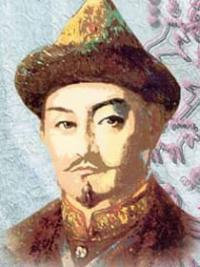
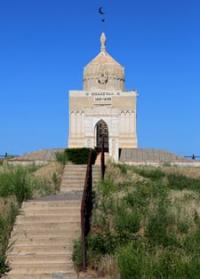
History of Kazakhstan.
“If someone’s herds soon multiply, then he honors this with grace and divides a noble number of cattle among poor people. If this giver continues to be prosperous, then the people endowed with him do not owe him anything for that, but if he loses his flocks due to animal mortality, plunder, or other misfortunes, then the friends previously endowed with him give him the same number or even more with the offspring of livestock, even if they themselves had very little then left. And therefore, a rich person makes his herds seem to be eternal through such good deeds.
I.G. Georgi, “Description of all peoples living in the Russian state, as well as their everyday rituals, beliefs, customs, dwellings, clothes and other sights ...”, St. Petersburg, 1776 - 1777.
Kazakh khans.
The Inner or Bokey Horde was named after Bokey Khan, who, together with subject Kazakhs, property and livestock, by permission of the Russian government, settled the territory between the lower reaches of the Ural and Volga rivers.
After the death of Bokey, while his son Zhangir was too young, Sultan Shigay ruled the Horde. Thus, his successor, the son of Khan Bokey Zhangir, inherited the title of Khan according to the will of his father and a special decree of Emperor Alexander I of June 22, 1823.
In 1840 he received the rank of major general in the Russian army. Before coming to power, Zhangir received his primary education from a mullah at home, then, at the behest of his father, he lived and was brought up for several years in the family of a well-known figure in the culture of southern Russia, the Astrakhan civil governor S. S. Anreevsky.
Having received a European education, Zhangir knew languages: Russian, Persian, Arabic and a little German, written Central Asian Turki. Khan had his house in the Khan's headquarters (Urda) and in Astrakhan; own trading yard - in Saratov, parking lot - in Orenburg.
He repeatedly visited St. Petersburg, participated in the coronation of Nicholas I, visited Kazan and the Caucasus. Zhangir was an ambitious ruler who purposefully sought to strengthen his political power among the Kazakhs by expanding the khan's powers and centralizing the control system in the Horde.
As a person who had a sufficiently high level of education for the steppe monarch of that time, he approached the problem of strengthening the khan's power in the Steppe in many ways different than the Kazakh rulers who preceded him, and at the same time he was guided by the model of Russian autocratic rule well known to him.
Zhangir Khan ruled his Horde for a long time and fruitfully, showing the talents of a true reformer. He created a capable administrative apparatus, which included an office, a deputy group, a council of biys and much more, which together constituted an all-encompassing and flexible administrative system, a kind of centralized and bureaucratic power structure.
The position of the chief cleric of the khanate, the akhun (Khoja), was also introduced, who followed the development of spiritual education and secular knowledge. Muslim school graduates, who showed exemplary diligence and abilities, continued their studies in Tashkent and Bukhara.
On the initiative of Zhangir Khan, in 1841, the first secular general education school for Kazakh children was opened at the Khan's headquarters. In addition, young Kazakhs went to the Orenburg Neplyuevsky Cadet Corps.
Zhangir Khan himself, being a very educated person, was an honorary member of the scientific and historical society at Kazan University and one of the first in Kazakhstan to create museum collections of household items and cultural history of the Kazakh people, there were also rich collections of military armor made by Kazakh gunsmiths and sabers granted by the Russian emperors to the khan's family. Zhangir Khan recorded a number of Kazakh epic works of artistic and scientific interest.
Zhangir Khan did a lot to transfer the Kazakhs subject to him to settled life. This was facilitated by the transfer of land to private ownership. He also introduced many innovations to improve tax policy. Zhangir Khan introduced a strict system of state fees, determined how the population would be taxed with them.
Khan levied two types of tax: zaket (from every 40 heads of cattle - one) and sogym for the maintenance of the khan's rate (every 15 households paid one cow or 40 rubles in money). Kazakhs who evaded taxes were severely punished; by order of the khan, such people were punished with whips and exacted a triple "zyaket".
Under Zhangir, trade and commercial entrepreneurship flourished. In the 30s, significant trading centers appeared on the territory of the khanate, one of the main ones was the khan's headquarters. The trading character of the Khan's headquarters was clearly visible already from the fact that out of 89 houses in 46 there were shops, and in 19 - commercial warehouses.
Crowded fairs were held on the territory of the Bokey Horde, gathering thousands of merchants from all over. For example, the fair, founded in 1842, had a trade turnover of more than a million rubles. Herds and flocks drove cattle for sale to Russia.
All this contributed to the development of Kazakhstan, its access to broad international relations... Nevertheless, the political situation during the reign of Zhangir Khan forced him to resort to some anti-people actions, regarding the division of lands, as well as in the management of Sharua.
Khan began to give public lands into the possession of private individuals. At first, he distributed them to local chiefs as a reward for service, and then began to sell them for money, issuing special acts. In essence, this was reduced to the complete plunder of land.
Such agrarian policy of the Khan, aimed at the feudalization of the horde, sharply aggravated and aggravated social relations. A third of the population of the Bokey Horde was completely without land, many were forced to rent it from their neighbors, in the nearby Russian provinces.
Excavations spread widely, the land began to turn into an object of trade. This situation was skillfully used by the tsarist government in order to colonize the territory of the Kazakh Khanate. Zhangir Khan became an active conductor of the policy of royal power.
One of the main economic restrictions for the Kazakh people was the ban on the settlement by Kazakhs of the territory along the banks of the Volga and Ural rivers, as well as the Caspian Sea. Sharua did not have the right to water the cattle and fish from these rivers.
The consequences of the policy pursued by Zhangir led to the Sharua uprising led by Isatai Taimanov and Makhambet Utemisov (1836-1837). The uprising became a protest against the policy of the feudal lords and the Russian colonizers.
Zhangir Khan crushed the uprising with the help of the Russian army. In 1845 Khan Zhangir died. He was the third and last khan of the Inner, or Bokey Horde, after him the khan's power was not transferred to a successor.
The created management structure - the temporary council - became a tool for managing the Bokey Horde. According to the will of the khan, his son Sahib Kerey, who turned 16 in 1845, was to become his heir. He studied at the Imperial Cadet Corps, and his mother, Fatima, called him from St. Petersburg. In July 1847, on the way from St. Petersburg to the Steppe, Sahib Kerey mysteriously died.
Thus ended the period of khan's history in the Inner Horde.
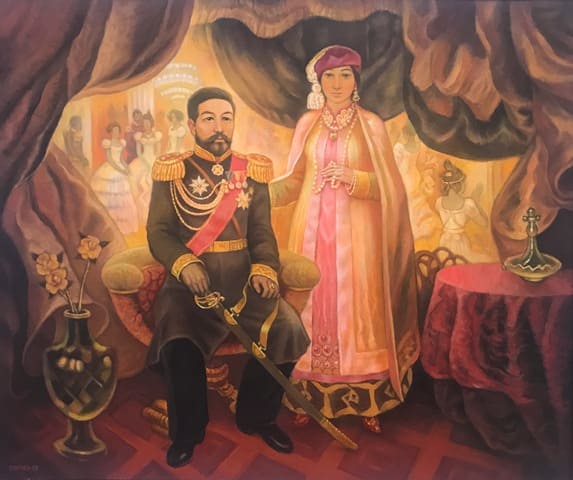
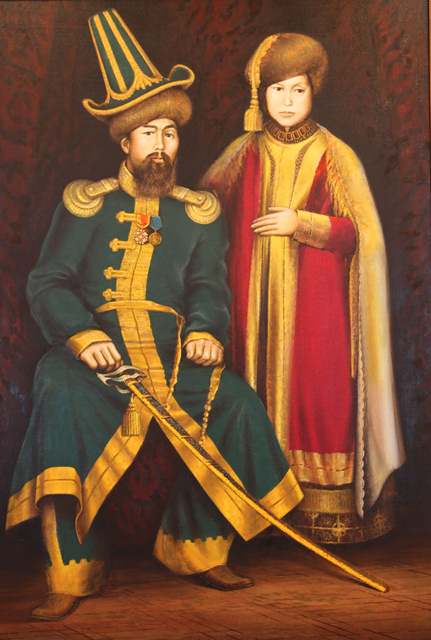
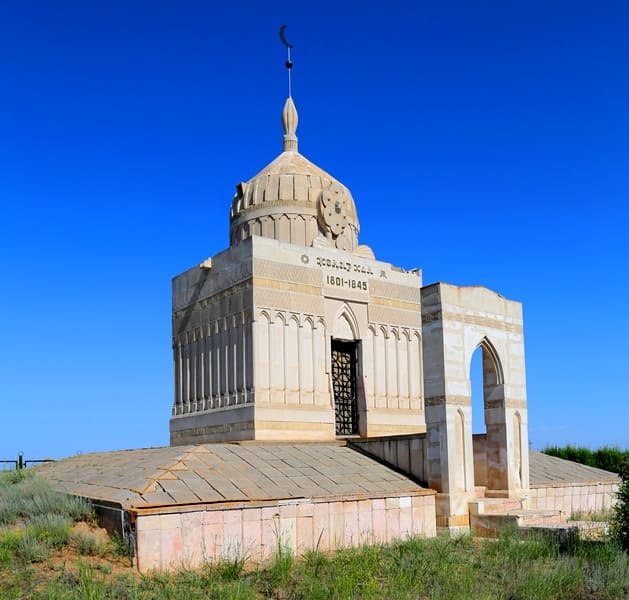
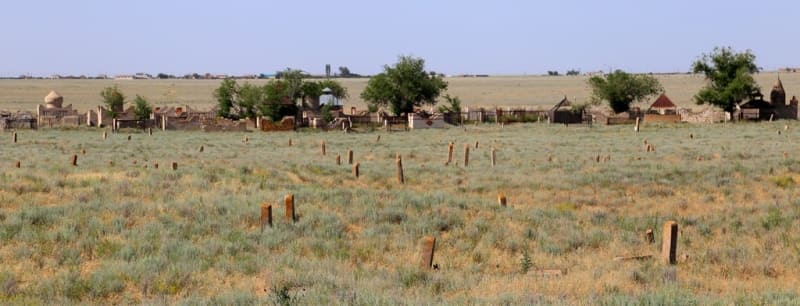
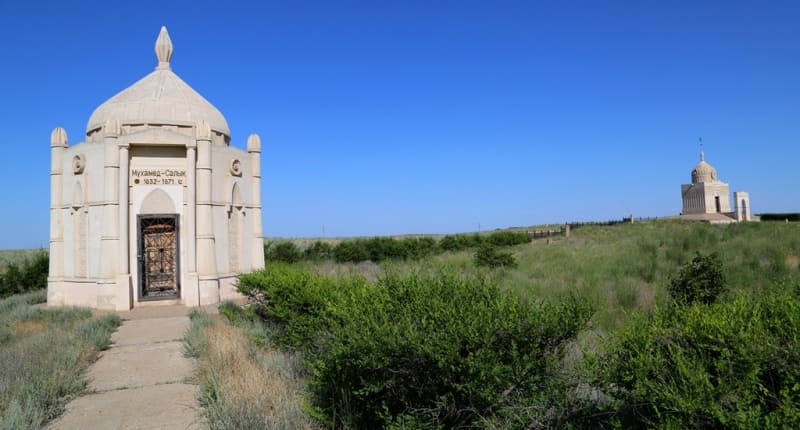
Authority:
http://www.tarih-begalinka.kz/ru/history/modern/figures/zhangir/
Photos by:
Alexander Petrov.







